
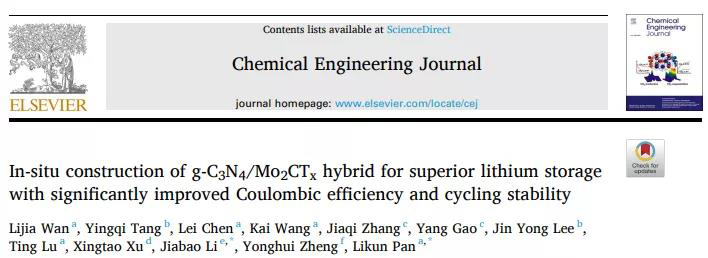

Among all available MXene, the ternary precursor of Mo2CTx MXene and Mo2Ga2C contains double A layer, which has high electrochemical and thermoelectric properties. However, due to the strong bonding of M-Ga in the precursor, it is difficult to prepare Mo2CTx MXene. Generally, Mn + 1AXn phase containing Al, such as Ti3C2Tx, Nb2AlC, etc., can be easily stripped in hydrofluoric acid (HF) to obtain MXenes. However, for Mo2CTx MXene, there is no corresponding Mn+1AXn phase contained in Al. Therefore, the synthesis of Mo2CTx MXene is still challenging. According to the synthesis research of Mo2CTX MXene, the stripping of high concentration HF is still the main method used. Although the preparation of Mo2CTx MXene and the improvement of its electrochemical performance have been achieved in related studies, the low exfoliation of multilayer Mo2CTx and the extremely long etching time limit its practical application. In addition, surface oxidation caused by long-term etching will affect the unique properties of Mo2CTx. In addition, the surface functional groups interact with the electrolyte, leading to undesirable side reactions. In this context, it is still extremely challenging to develop a simple method to increase the exfoliation of Mo2CTx and simultaneously form a protective layer to avoid surface oxidation and reduce side reactions between surface functional groups and electrolytes.

Recently, Professor Pan Likuns research group from East China Normal University published a research paper titled: In-situ construction of g-C3N4/Mo2CTx hybrid for superior lithium storage with significantly improved Coulombic efficiency and cycling stability in the internationally renowned academic journal Chemical Engineering Journal. In this paper, a simple strategy has been developed to prepare a new type of graphite carbon nitride/Mo2CTx (g-C3N4/Mo2CTx) composite from Mo2CTx and urea. In the designed structure, the conversion of urea to g-C3N4 leads to effective exfoliation of Mo2CTx, and at the same time, g-C3N4 is formed on the surface of Mo2CTx to form a protective layer to limit surface degradation and reduce adverse side reactions. When used as a negative electrode material for LIBs, the synthesized g-C3N4/Mo2CTx exhibits improved lithium storage performance, significantly enhanced reversible specific capacity, higher initial coulombic efficiency, and significantly improved rate performance.

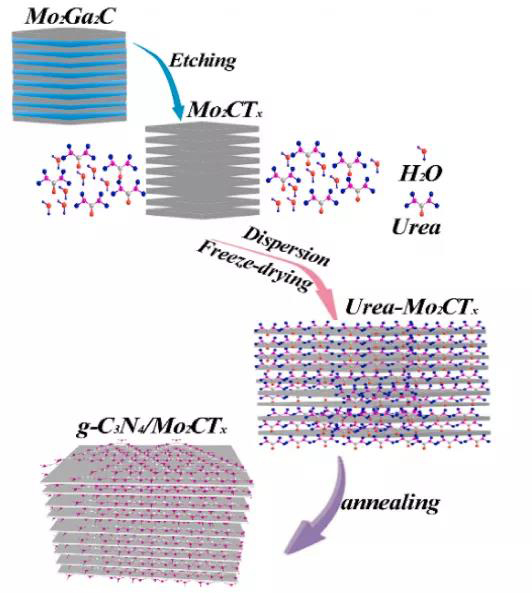
Figure 1. Schematic diagram of preparing g-C3N4/Mo2CTx complex
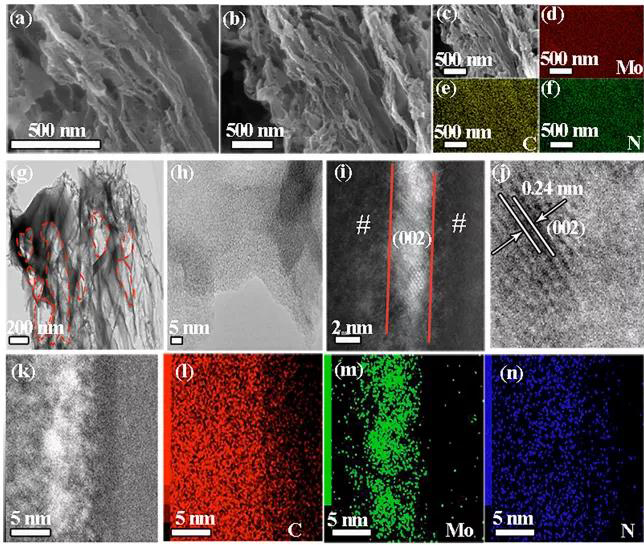
Figure 2. SEM and TEM spectra of g-C3N4/Mo2CTx
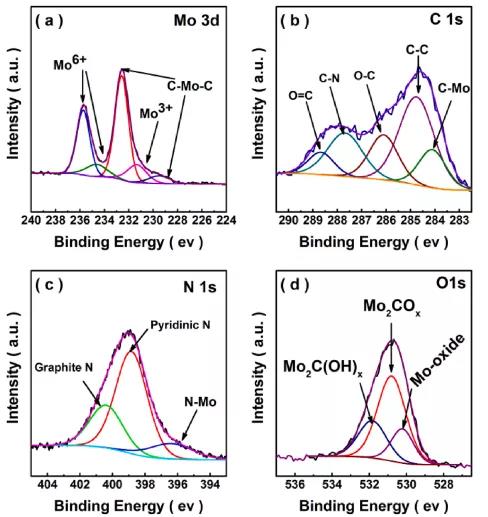
Figure 3. High-resolution XPS spectrum of g-C3N4/Mo2CTx

Figure 4. g-C3N4/Mo2CO2 optimized structure (a) top view and (b) side view. The gray, blue, red and green balls represent C, N, O and Mo atoms respectively
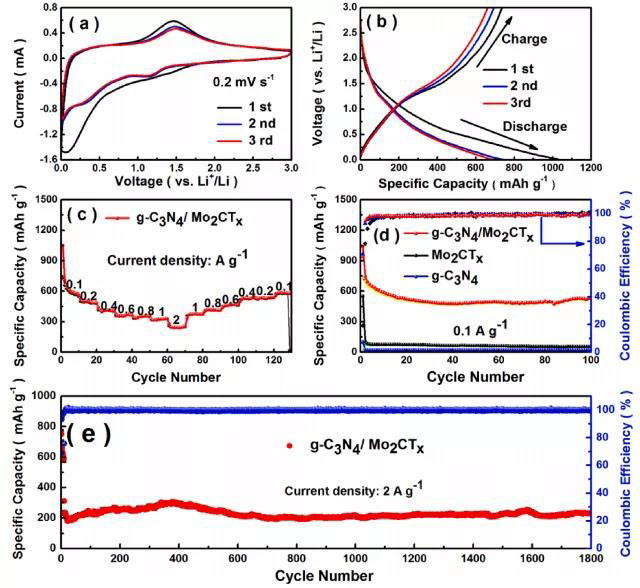
Figure 5. Battery performance of g-C3N4/Mo2CTx
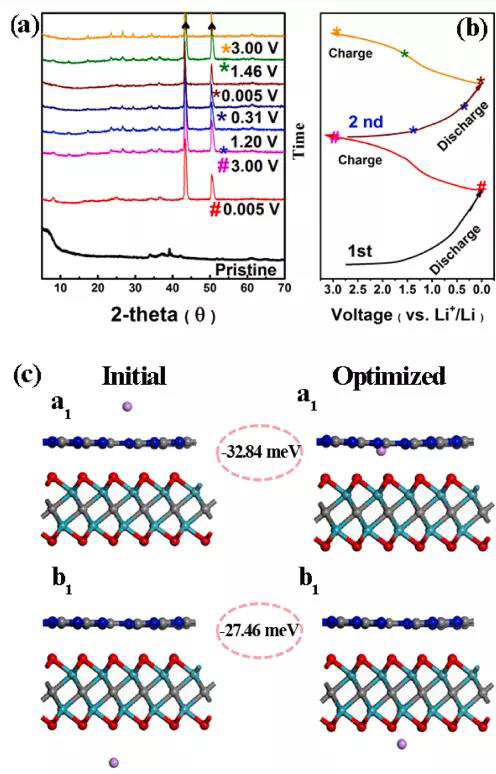
Figure 6. (a) Ex-situ XRD image of g-C3N4/Mo2CTx electrode (b) Corresponding discharge/charge curves under different conditions (c) Initial and optimization of Li atoms adsorbed on g-C3N4 / Mo2CO2 Different configurations of structure. The gray, blue, red and green balls represent C, N, O and Mo atoms respectively
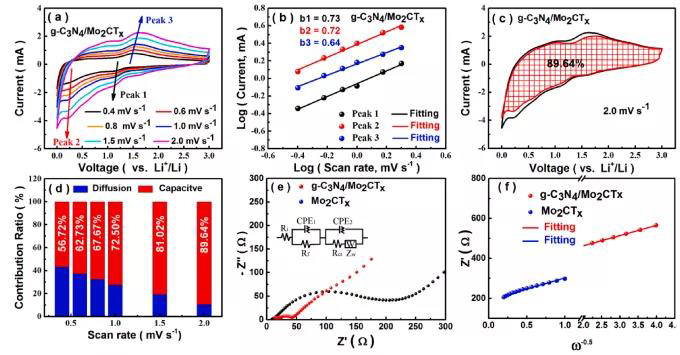
Figure 7. Kinetic analysis of g-C3N4/Mo2CTx electrode

In this paper, the g-C3N4/Mo2CTx composite was prepared by freeze-drying and subsequent annealing process. Thanks to the unique structure, g-C3N4/Mo2CTx can not only provide more MXene layers to enhance lithium storage, but also shorten the diffusion length of electrons and ions, thereby accelerating charge transfer and reducing electrode polarization. In addition, the in-situ coating of g-C3N4 can prevent the surface functional groups of Mo2CTx from directly contacting the electrolyte. Therefore, g-C3N4/ Mo2CTx has good cycle performance (the reversible capacity is 528.5 mAh g-1 at 0.1 A g-1 after 100 cycles), and excellent cycle stability (2 A g-1 after 1800 cycles) It is 229.6 mAh g-1) and high initial Coulombic efficiency of 70.8%. This strategy provides an effective method for constructing a layered structure based on MXene, which can be used in energy storage and other related fields.
Literature link:
https://doi.org/10.1016/j.cej.2020.128349
Information source: MXene Frontier
This information is from the Internet for academic exchanges. If there is any infringement, please contact us and delete it immediately
















